
Little Tern
Sternula albifrons


Sternula albifrons

The White-fronted Tern, or Tara in Māori, is New Zealand's most common tern species. About the size of a small gull, this elegant seabird graces our entire coastline with its graceful flight and striking appearance. Its presence is a familiar and welcome sight for beach-goers and coastal adventurers alike.
1. Breeding adults have a full black cap with white forehead strip; non-breeding birds show a reduced cap
2. Long, deeply forked tail, reminiscent of a swallow's
3. Swift, agile flight with frequent diving behavior when fishing
White-fronted Terns breed from October to January, nesting in large, noisy colonies on beaches, cliffs, and offshore islands. They're master fishers, diving from heights of up to 10 meters to catch small fish. While common, they face threats from introduced predators and human disturbance at nesting sites, making undisturbed breeding areas crucial for their success.
Look for White-fronted Terns along any of New Zealand's coasts, from Northland to Stewart Island. They're active throughout the day, often seen hovering over the water before plunging in for fish. Beaches, rocky shores, and harbours are all good spotting locations. For the best views, try visiting coastal areas during incoming tides when fish are being pushed closer to shore. Listen for their distinctive high-pitched calls to help locate them.
Known as Tara to Māori, the White-fronted Tern has long been a part of New Zealand's coastal ecosystem. Its Māori name is reflected in many place names around the country, highlighting its cultural significance. Historically, it was sometimes called the 'Kahawai Bird' by fishermen, who would look for flocks of terns to locate schools of kahawai fish.
25 cm
50 g
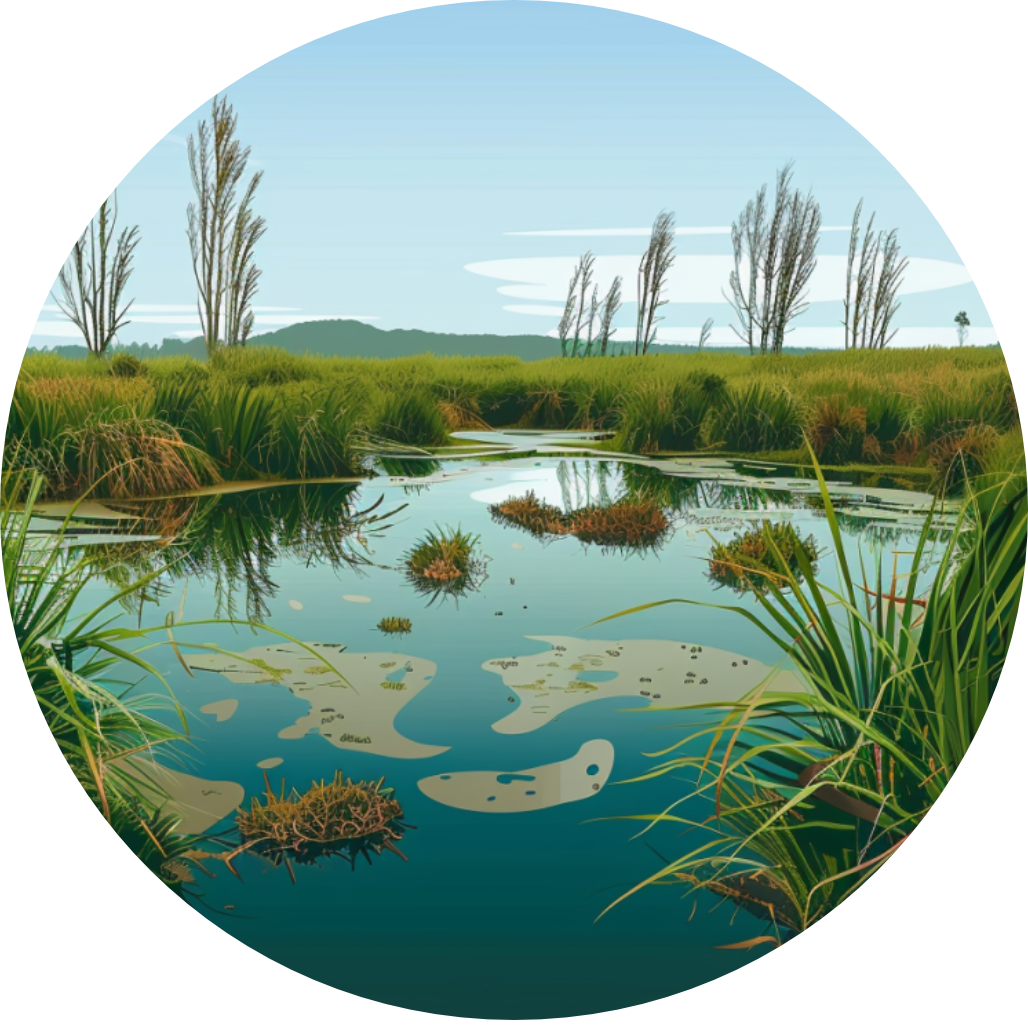
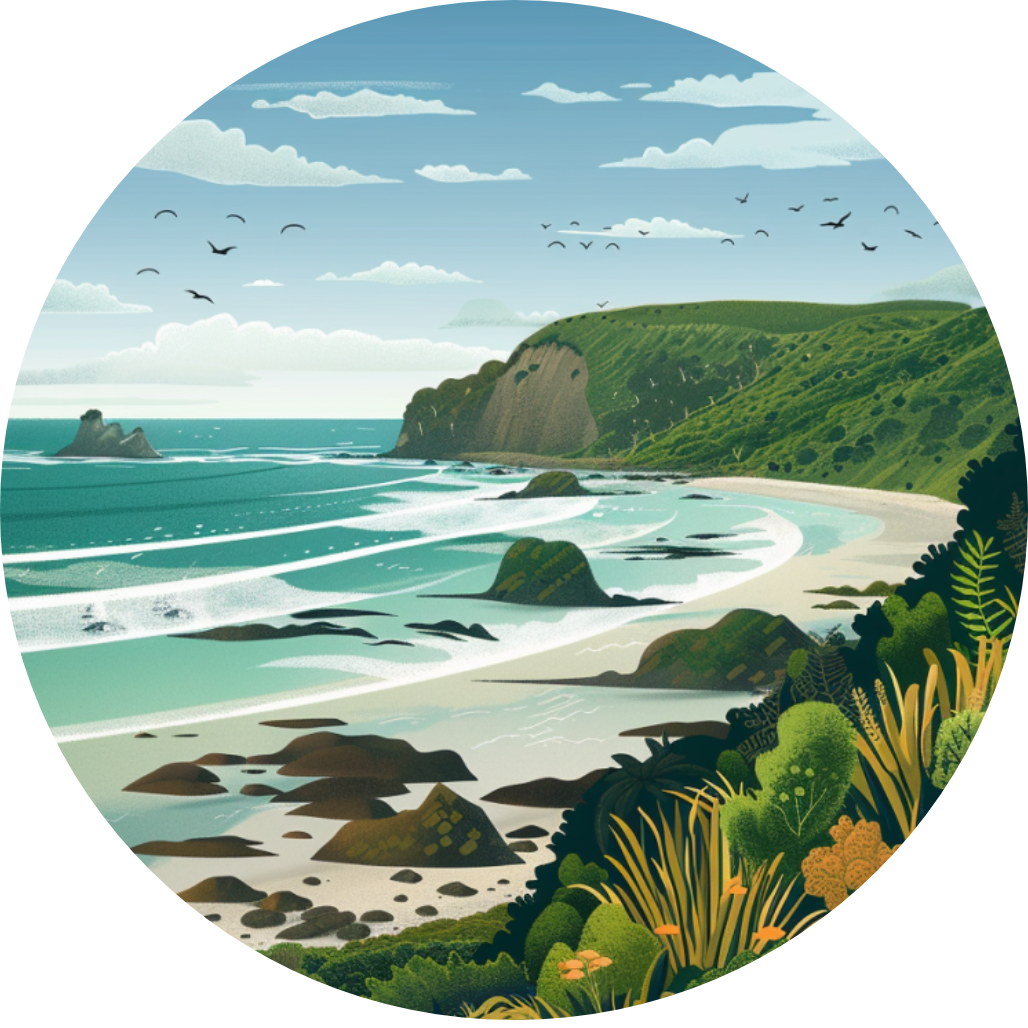

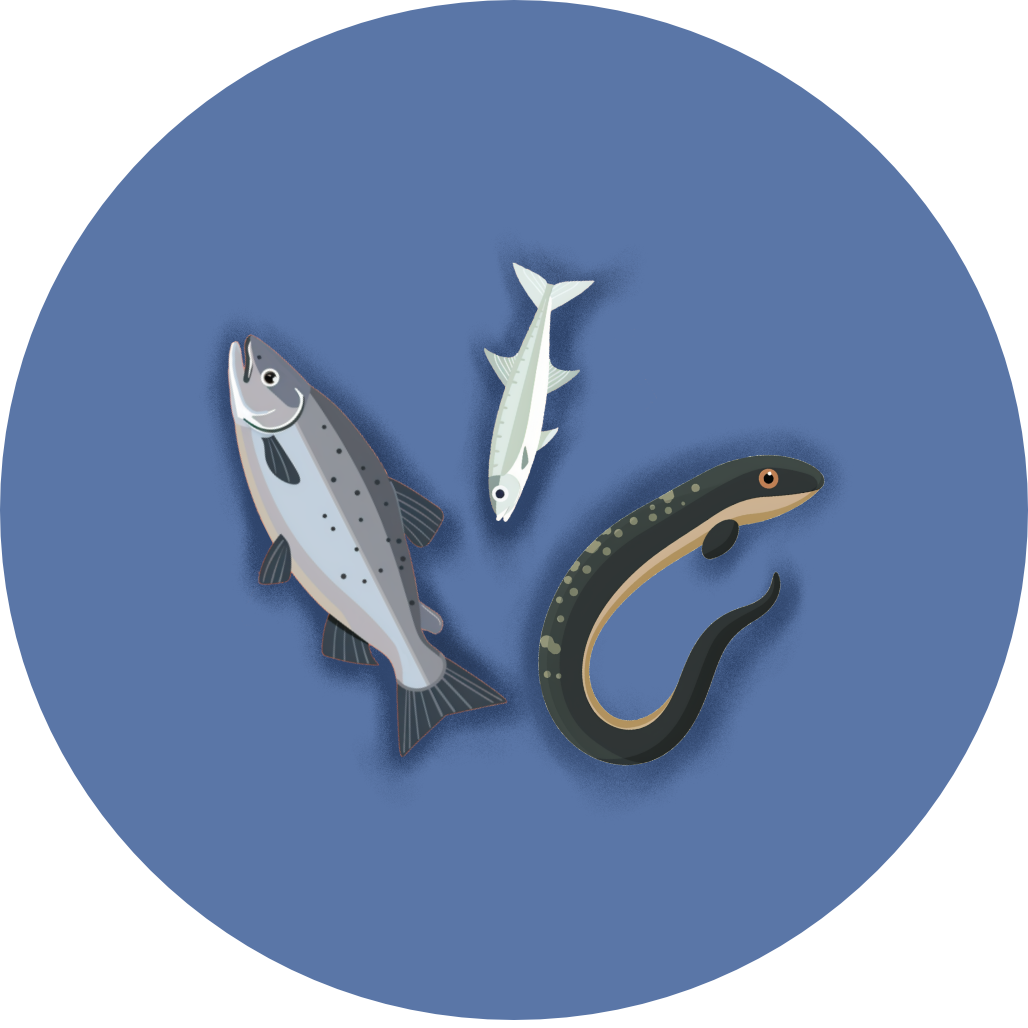
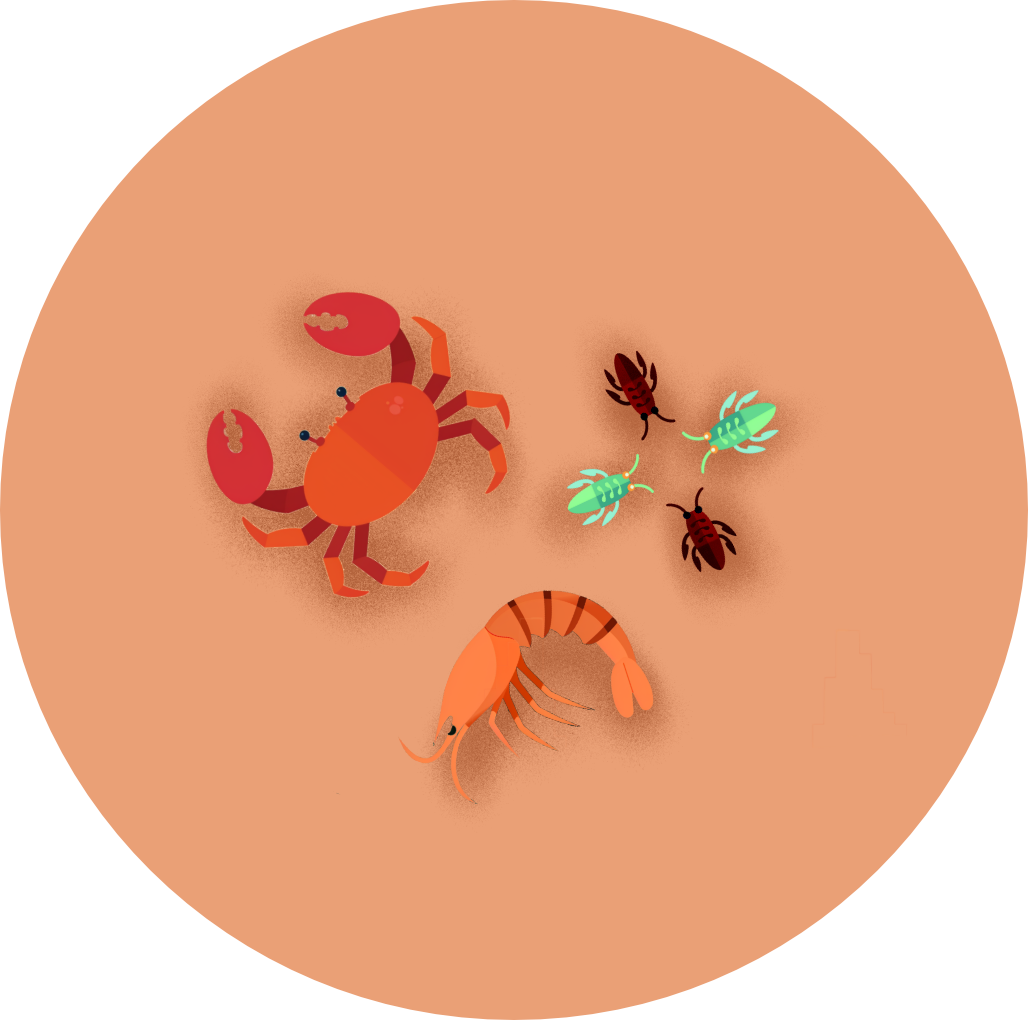
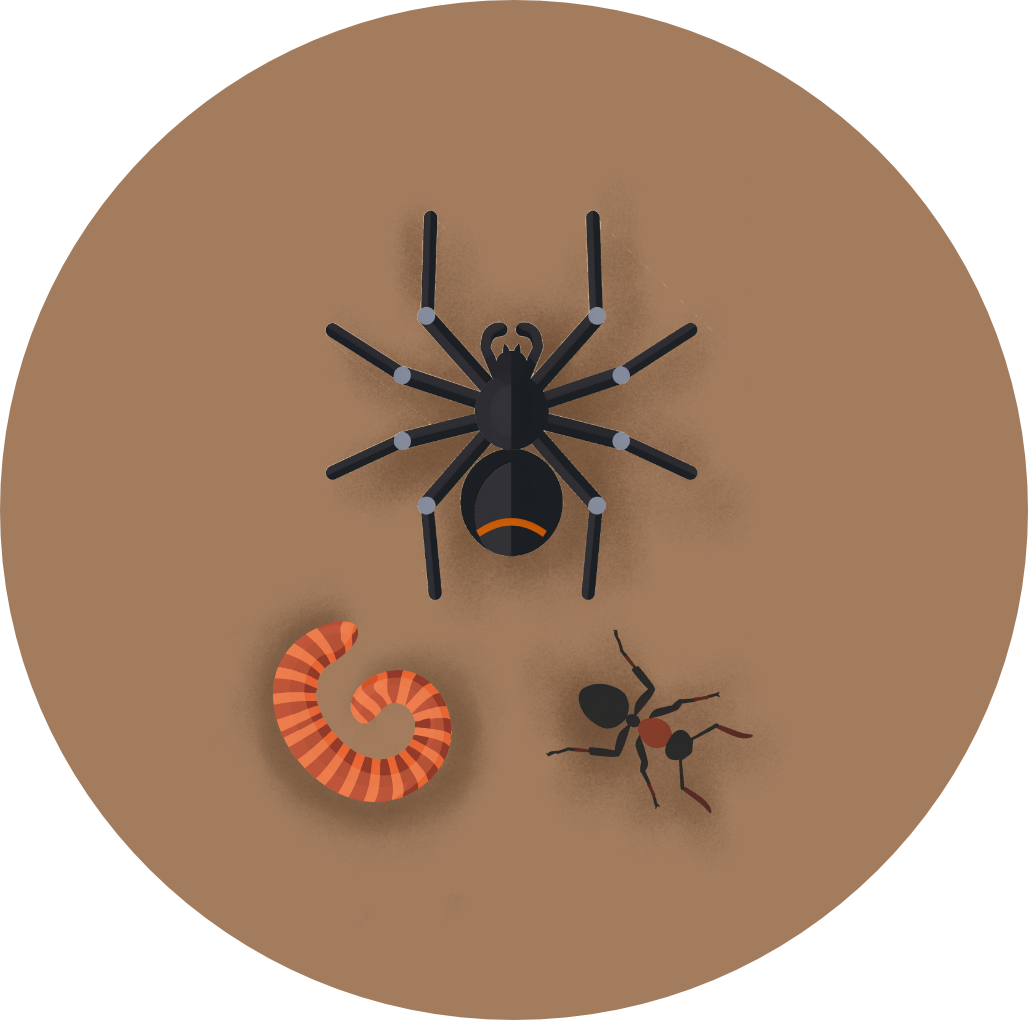
Coming Soon!
Top birding locations will be available in a future update.